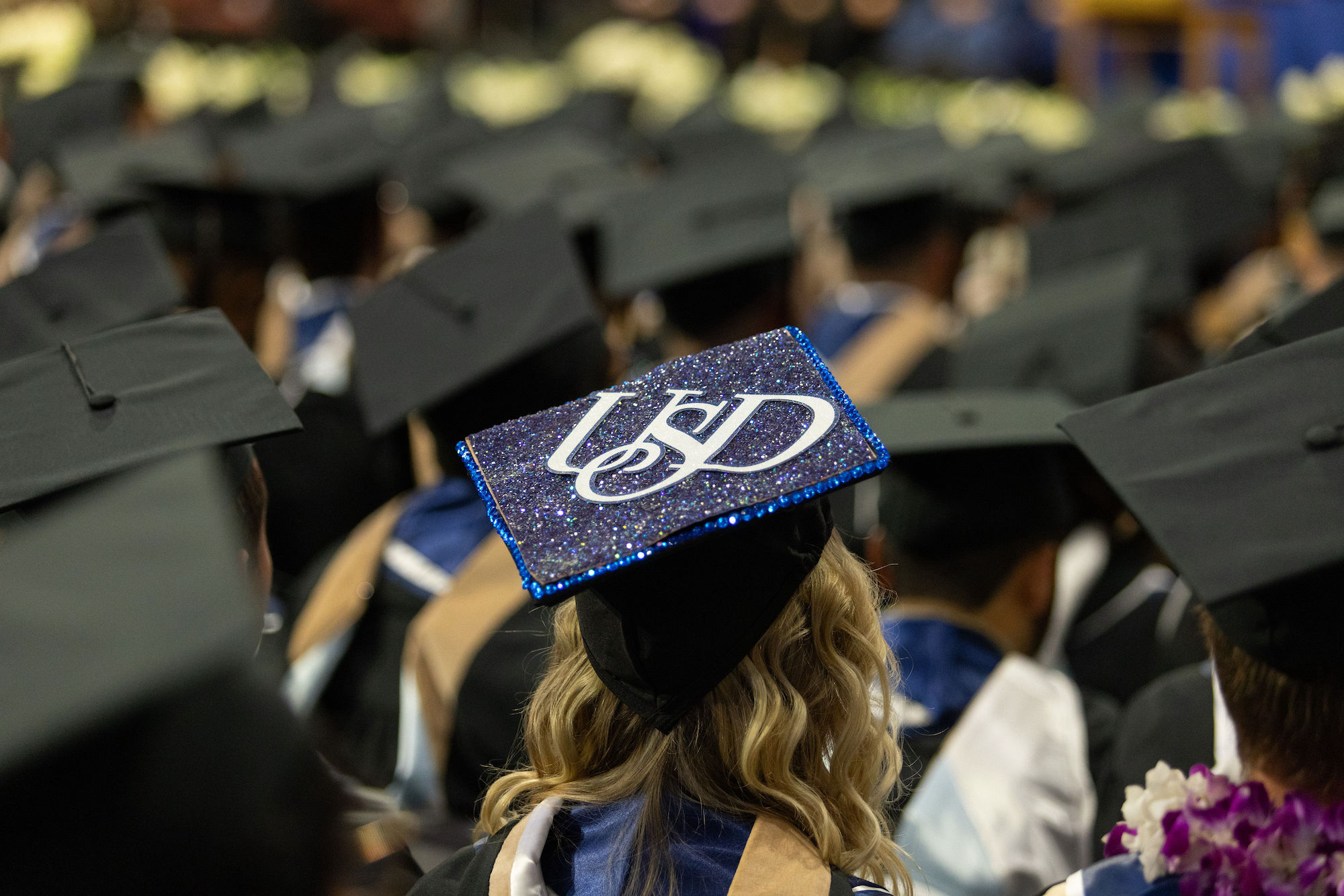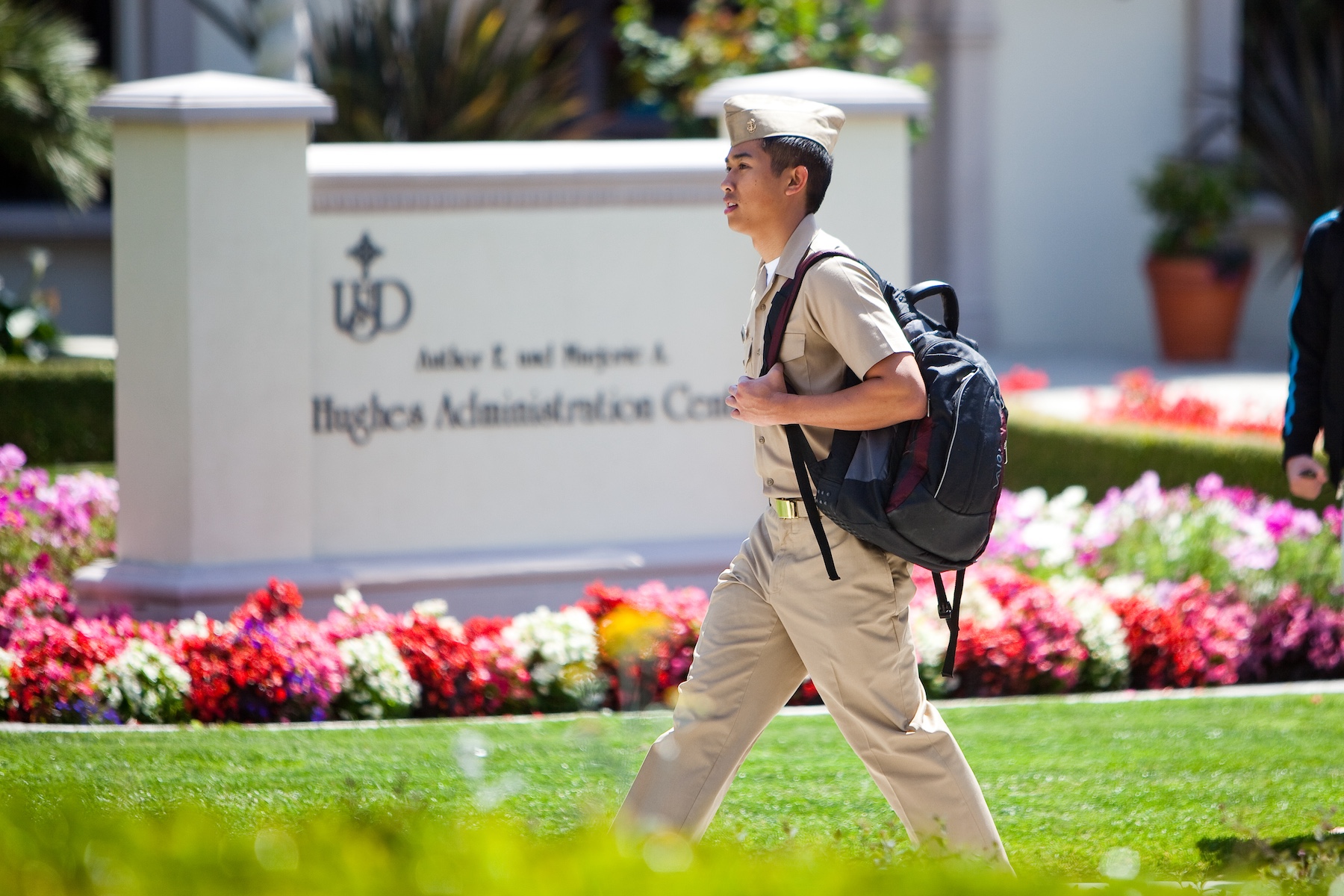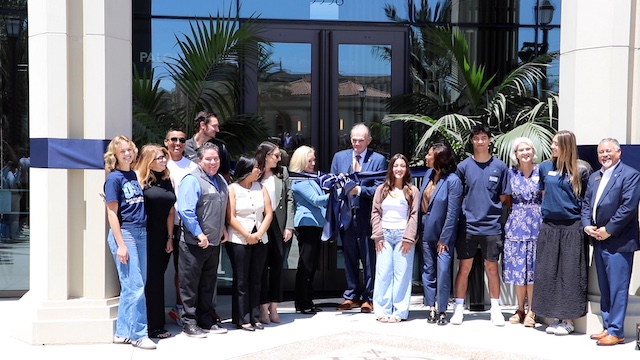USD Releases Study on Icing in Professional Football
In a study to be published in the September edition of "The Sport Psychologist," USD psychology professor Nadav Goldschmied, with co-authors Max Nankin of Barry University and Guy Cafri of UCSD, has studied the psychological effects of icing on American football players in the NFL. 'Icing' is a common strategy used in football during the last moments of a close game when a coach asks for a time-out to allow an opposing kicker, who is about to attempt a decisive field-kick, an extended period of time possibly to contemplate the negative outcomes if he fails to score.
“Icing is a very interesting phenomenon because it is counter-intuitive,” says Goldschmied. “Usually having been given more time to prepare for any kind of task is considered advantageous, but this is not the case in the NFL when it comes to those crucial, last-minute kicks. Even though most kickers in the league would not admit to the added pressure, the statistics show otherwise. We found a strong effect such that the chances of scoring are significantly lower after being iced before the kick.”
Using archival data of pressure kicks from six consecutive National Football League seasons (2002-2008), Goldschmied and his colleagues found that icing was successful in reducing scoring, while other factors such as experience, game location or game score were not associated with success. The authors also demonstrated that if a time-out before the pressure kick is requested by the coaches of the kicking team, kickers are not subjected to the debilitating effects of icing. This implies that added time per se does not hamper performance.
Key findings of the study include:
- • The effect of icing on success rate of kickers was assessed first. In the 110 instances where the kicker was iced, he was able to score in 73 of the kicks (66.4 percent), while among the 163 not iced kicks, 131 kicks (80.4 percent) resulted in a goal. This 14 percent difference was statistically significant.
- Whether the opposing team had a time-out available (and hence the potential to ice) or not, regardless of whether a timeout was ultimately requested, did not matter.
- Kickers were less successful when the opposing team called a time-out before the kick, converting only 73 out of 110 (64.4 percent), compared to when the kicker’s own team called a time-out under which they successfully scored in 45 out of 54 cases (83.3 percent). This 18.9 percent difference was significant. Thus, it appears that added time by itself did not hamper performance.
- We suggest that, besides possible negative thoughts that may overwhelm the kicker when being iced, additional forces may also play a role, such that having to prepare for the kick twice when being iced is physiologically taxing and thus detrimental to the performance.
Please call (619) 260-4659 or email mwagoner@sandiego.edu for a complete copy of the study or to speak with Goldschmied.
About the University of San Diego
Strengthened by the Catholic intellectual tradition, we confront humanity’s challenges by fostering peace, working for justice and leading with love. With more than 8,000 students from 75 countries and 44 states, USD is among the Top 20 Best Private Schools for Making an Impact according to The Princeton Review. USD’s eight academic divisions include the College of Arts and Sciences, the Knauss School of Business, the Shiley-Marcos School of Engineering, the School of Law, the School of Leadership and Education Sciences, the Hahn School of Nursing and Health Science, the Joan B. Kroc School of Peace Studies, and the Division of Professional and Continuing Education. In 2021, USD was named a “Laudato Si’ University” by the Vatican with a seven-year commitment to address humanity’s urgent challenges by working together to take care of our common home.
Contact:
Pamela Gray Payton
pgray@sandiego.edu
(619) 260-4681



